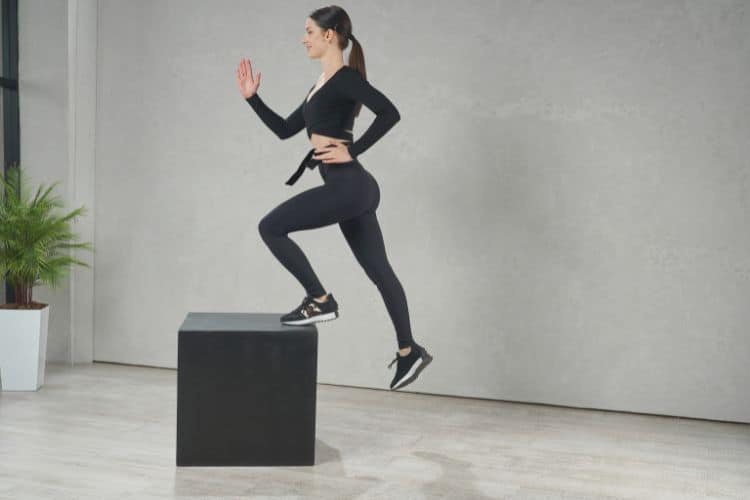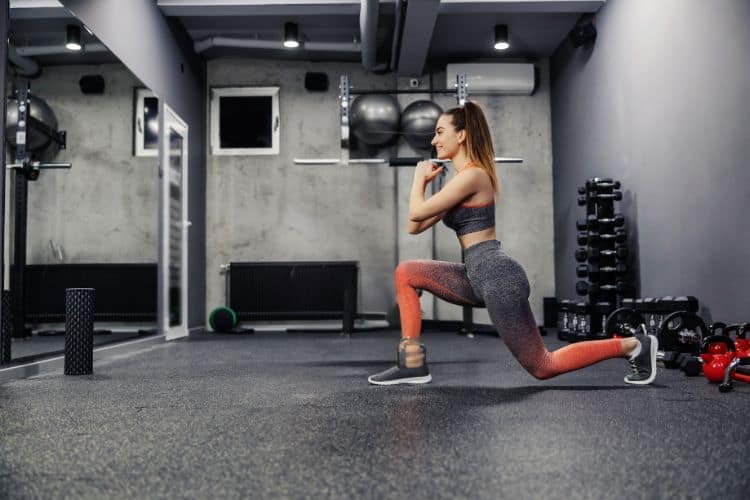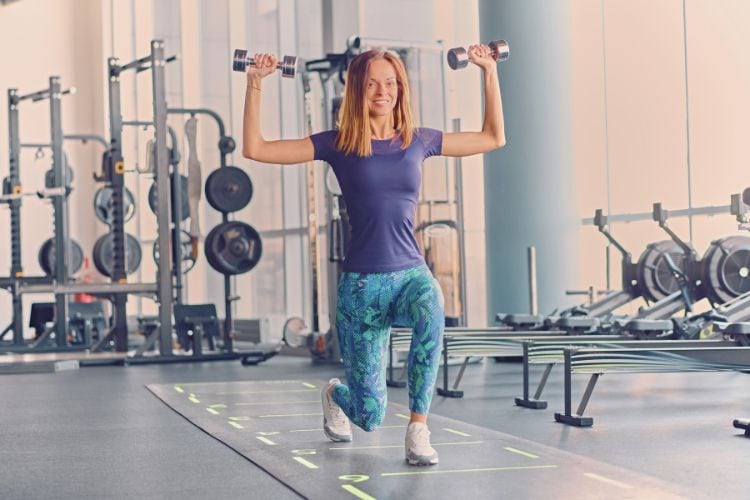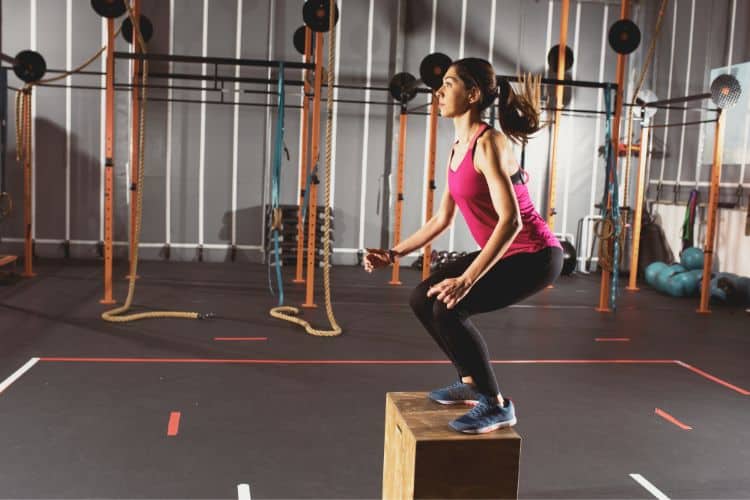Sign up for workout ideas, training advice, reviews of the latest gear and more.






As women, we wear many hats and perform countless roles in the course of our daily lives. We’re mothers, daughters, sisters, friends, professionals, caretakers, and so much more. Amid these responsibilities, maintaining our personal health often takes a back seat. However, it’s crucial to understand that maintaining a strong, healthy heart is not just important, it’s vital. Cardiovascular fitness, the heart’s ability to deliver oxygen to working muscles and their ability to utilize it, is central to this. Let’s delve deeper into the significance of cardiovascular fitness for women and explore how we can enhance it.
Heart disease is often considered a ‘man’s disease,’ but statistics say otherwise. According to the American Heart Association, heart disease is the leading cause of death for women in the United States, claiming more lives each year than all forms of cancer combined. Unbeknownst to many, one in every three women succumbs to heart disease, making it a silent epidemic that needs to be actively combated.
Herein lies the importance of cardiovascular fitness. Regular cardio exercise, like running, cycling, swimming or even brisk walking, can help reduce the risk of developing heart diseases. It enhances the efficiency of the heart, lungs, and blood vessels in delivering oxygen to the body, thereby improving overall health and endurance.
Cardiovascular fitness provides a multitude of health benefits. Regular cardiovascular exercises decrease blood pressure and resting heart rate, leading to a healthier, less stressed heart. They also help in controlling weight, reducing the risk of developing type 2 diabetes and some types of cancer. Moreover, they improve mental health by reducing stress, anxiety, and depression symptoms.
But how can we measure our cardiovascular fitness? The VO2 max, or maximal oxygen uptake, is one commonly used method. It measures the maximum amount of oxygen a person can utilize during intense exercise. Higher VO2 max values indicate greater cardiovascular fitness.
However, you don’t need laboratory tests to understand your cardiovascular health. Listen to your body. Can you climb a flight of stairs without losing your breath, or walk a mile without feeling exhausted? These everyday activities can provide insights into your heart’s health.
Adopting a cardiovascular fitness routine might sound daunting, but it doesn’t have to be. Start slow and gradually increase the intensity and duration of your workouts. Aim for at least 150 minutes of moderate-intensity or 75 minutes of high-intensity cardiovascular exercise each week, as recommended by the American Heart Association.
Running or Jogging: It is an effective way to strengthen your heart and lungs. Start slow and gradually increase your pace and distance.
Swimming: An excellent low-impact exercise, swimming works your whole body, improving cardiovascular health while strengthening muscles.
Cycling: This is a fantastic way to improve heart health while enjoying the great outdoors. It’s also an excellent low-impact exercise suitable for all fitness levels.
High-Intensity Interval Training (HIIT): This involves short bursts of high-intensity exercise followed by short periods of rest. It’s a proven method to improve cardiovascular fitness quickly.
Brisk Walking: If running or jogging seems too strenuous, start with brisk walking. It’s easy, requires no equipment, and is a great way to start your cardiovascular fitness journey.
Aerobic Classes/Zumba: These group classes are a fun way to increase cardiovascular fitness, and they also offer a sense of community.
Beyond exercising, maintain a balanced diet rich in fruits, vegetables, whole grains, lean proteins, and healthy fats. Additionally, monitor your cholesterol levels, blood pressure, and blood sugar regularly. Avoid tobacco and limit alcohol intake.
Remember, even small changes can make a significant difference. It’s about consistency rather than intensity, especially when you are just starting. Keep track of your progress and celebrate your milestones, no matter how small they may seem.
Our hearts are the metaphorical and biological epicenter of our beings, and their health directly impacts our quality of life. Through cardiovascular fitness, we can ensure that our hearts remain strong, enabling us to continue playing the roles we cherish in our lives. Women, it’s time to put our heart health first.
Remember the wise words of global health advocate, Dr. Ann A. Kiessling, “Women are not dying of old age; they’re dying from inactivity.” Let us change this narrative by prioritizing cardiovascular fitness today. For a stronger heart and a healthier life, the power is in our hands, and it starts with one beat at a time.
Stay up to date on the latest women’s health, fitness and lifestyle trends and tips.